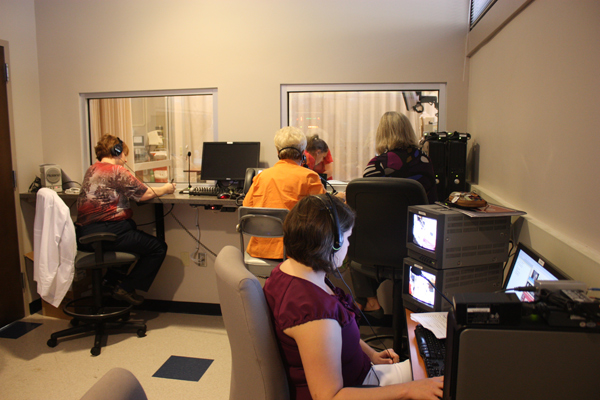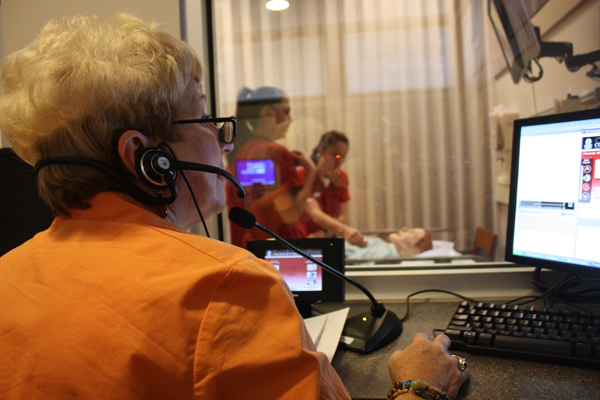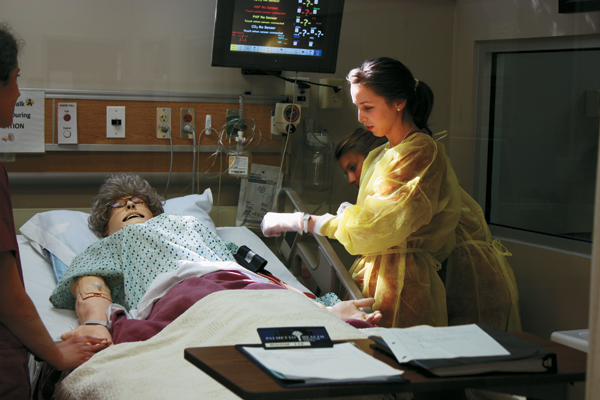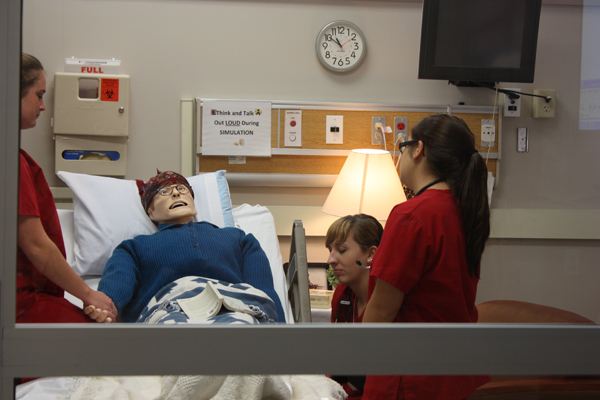University of South Carolina College of Nursing's Simulation Lab
Take a look at the audio and video technology at work in the nursing school's clinical simulation lab.
The University of South Carolina College of Nursing is using technology to help train students with clinical scenarios that more closely echo what they'll experience in the real world. Mannequins are used as patients, but these mannequins aren't the stiff, immobile sort seen in a storefront. Their chests rise and fall as they breathe, their mechanical hearts beat and some are capable of blinking and crying.
Check out some images of the technology at work in the University of South Carolina College of Nursing's clinical simulation lab in our slideshow.





<p>University of South Carolina</p>







